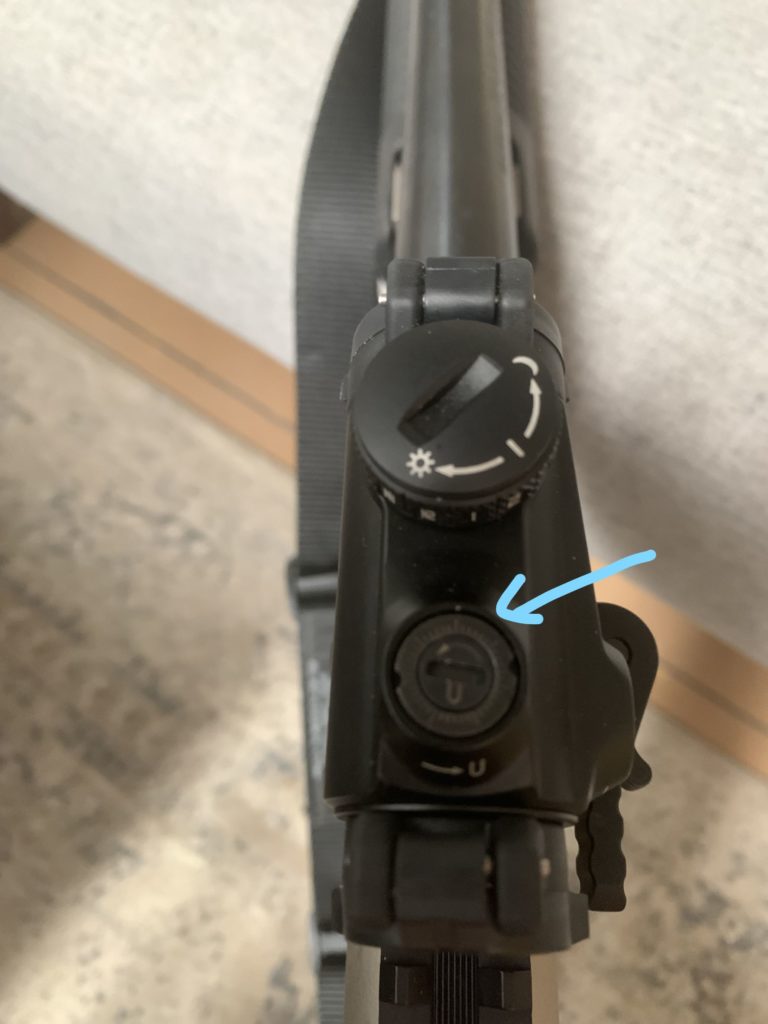Have you ever heard the history of the metallurgy of the penny? I am not going to cover that specifically you can look it up but in 1982 the penny was changed from 95% copper to 5% zinc to 97.5% zinc and 2.5% copper. The entire purpose was that the cost of copper was worth more than a penny. I will join this to the rest of the topic later.
One of the things I typically do at the range is pick-up what is called range brass. This is brass that other people have left of the ground. Technically, we are all supposed to do our best to clean-up after ourselves. Some people do not. I usually take a look around and if there is something useable, I pick it up. I always pick-up more than I take and the rest goes into the recycling bin. More on this later too.
A word of warning, ultra cautious shooters warn that this is a potentially dangerous activity. We do not know the history of the brass and it could be ‘wild catted’ or out of specification in some manner. My take on it is that these are shooters that are just lazy. They shoot and then they leave. If you are not willing to pick up your brass, I highly doubt that you are going to reload, let alone wildcat. I suppose that you can tell I feel like the risk is very minimal.
Some people take this pursuit to a different level. They pick up and take all brass, whereas I only take brass for calibers that I own. They will clean and resell brass at places like gun shows. Sometimes, they do some sort of hobby reloading business and reload the brass. The fact of the matter is that the gun club does the exact same thing. They sort through the recycling bin by caliber and resell in the pro-shop at a good rate.
For rimfire cartridges and damaged casings, these can be sold for scrap. The going rate is $1.75/lb. It doesn’t take long for this to really add up to some real money. The gun club donates all of that money to youth shooting sports that use the facility for practice and events. The truth is anyone can do this too.

This was my haul last trip. There are almost 400 rounds of .223 Remington/5.56 NATO in there. I am seeing $5/lb for straight off the ground brass to $50/250 for cleaned and prepped brass. I guess what I am saying is that it is worth the effort to pick it up. Within the mix I have crushed cases, crushed necks and some really difficult primers to remove. So not every case is usable, but that is OK because I don’t have anything invested into them anyway.
The US military picks up range brass too. Some of that is sold back into the marketplace as ‘once fired’ brass. This is a lot of what you find if you are looking for anything that is not new. People buy it off of surplus sites and then count it, rebrand it, etc. A lot of it is also shredded and sold for scrap. But you can see how much more valuable the cartridge cases are based on the paragraph above.
I think is worth mentioning that not all cartridge cases are brass. They can also be made of steel or aluminum and now plastic has just been introduced into the market. None of those can be reloaded, so I just throw those into the recycle bin. All metals have a scrap price, so they are still worth money.
End Your Programming Routine: I am waiting for my replacement rods to come from Lyman. I have bent several of them messing with .223. I also broke one pin and bent the heck out of another on my Lee Universal depriming die. I am hoping that this is just me learning to feel how to do it, but if I can get powder and primers, I can make ammunition much cheaper than I can purchase it retail. But, since I don’t have a load worked up yet, I will just do the case prep waiting for the consumer market to catch up with inventory.


Recent Comments